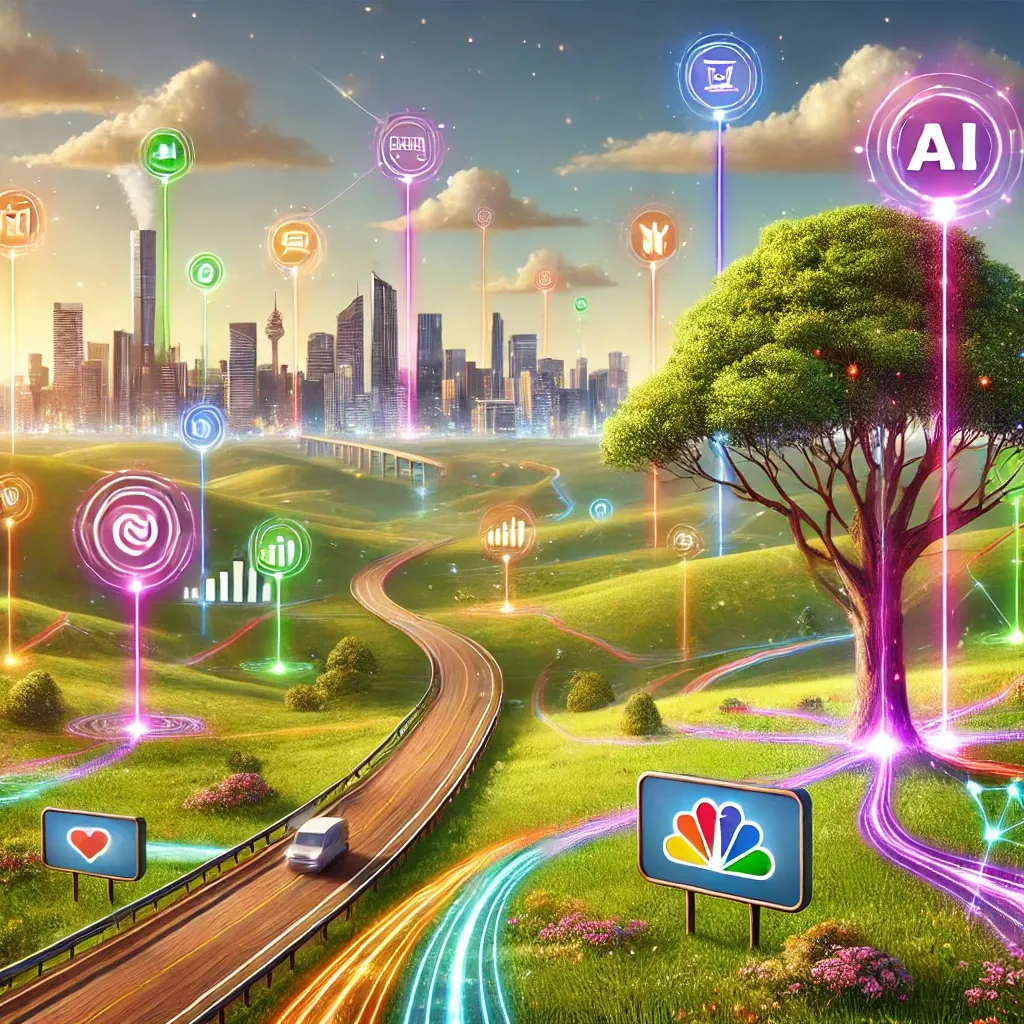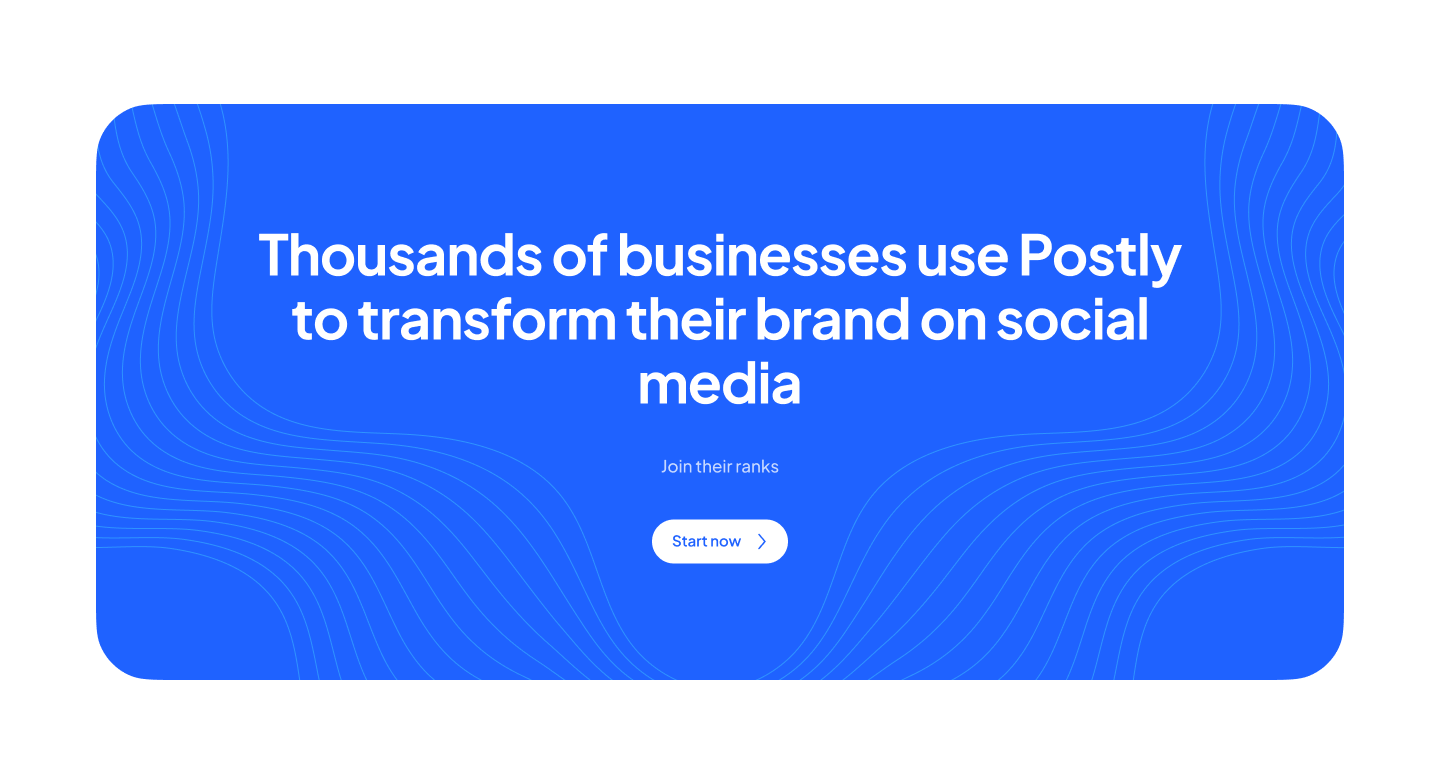Google Ads in 2024: Unlocking Revenue Growth and Cost Efficiency

As Google Ads continues to evolve, new features are reshaping how advertisers can grow revenue while keeping costs under control. The innovations in AI, campaign automation, and creative controls provide powerful opportunities to optimize campaigns. Here’s a breakdown of the most impactful new features and strategies for 2024, detailing how they can help businesses achieve better performance.
1. AI-Powered Campaigns: Performance Max
Overview: Performance Max campaigns use Google’s AI to optimize ad spend across all channels, including Search, Display, YouTube, and more. This allows the platform to dynamically adjust budgets based on real-time performance, driving more conversions.
Benefits:
- Maximized Conversions: AI dynamically adjusts spend to the best-performing platforms and audiences, helping advertisers get the most out of their budgets.
- Granular Insights: Asset-level conversion metrics give advertisers precise data on which elements (e.g., images, videos) are driving results. These detailed insights allow for ongoing creative optimization.
- Impression Share Reporting: This new feature enables advertisers to see how often their ads appear for relevant searches, offering a clearer picture of the competitive landscape.
How to Use:
- Set Up Performance Max: Start by creating a Performance Max campaign and let the AI dynamically allocate your budget. Use asset performance data to tweak and improve your campaigns.
- Leverage Negative Keywords: The new ability to add negative keywords at the campaign level gives you control to exclude irrelevant search terms, saving ad spending and improving relevance.
2. Generative AI for Ad Creation
Overview: Google has expanded its AI-powered tools for creating ad assets. You can now use generative AI to create images, videos, and text that fit your brand's aesthetic across Search, Display, and other formats.
Benefits:
- Reduced Design Costs: Automating the creation of visuals and copy saves significant time and resources, reducing the need for a full creative team.
- Brand Consistency: You can upload brand guidelines, including fonts and colors, ensuring that all AI-generated assets stay consistent with your brand identity.
- Multilingual Capabilities: Generative AI now supports multiple languages, making it easier to expand campaigns into new regions.
How to Use:
- AI-Powered Image Editing: Use Google’s built-in tools to enhance product images and create variations for different audiences. You can upload up to five reference images and allow AI to generate on-brand visuals.
- Asset Customization: Take advantage of Google’s expanding creative generation tools to produce high-quality ad content with minimal manual effort, available in six new languages for a broader reach.
3. Demand Gen Campaigns: Targeting Discovery-Based Audiences
Overview: Demand Gen campaigns focus on visually engaging users on platforms like YouTube and Gmail. They are designed to attract users who aren’t actively searching but are open to discovering new products and services.
Benefits:
- Higher Engagement: Visual-first storytelling on popular platforms helps attract users' attention, driving higher engagement and discovery-based conversions.
- Omnichannel Bidding: You can tailor bids for different placements across Google’s ad network, optimizing your ad spend based on audience behavior across channels.
- Boosted Conversions: Advertisers who integrated Demand Gen with Search and Performance Max saw a 14% increase in conversions.
How to Use:
- Visual Storytelling: Create highly visual ads that tell a compelling story, using video and image assets optimized for platforms like YouTube.
- Pin Creative Assets: The new creative pinning feature allows advertisers to prioritize certain visuals in high-impact placements, ensuring that the best assets get prime visibility.
4. Detailed Asset Reporting and Creative Control
Overview: New asset coverage and performance reporting tools provide in-depth insights into how individual creative elements perform. This allows advertisers to pinpoint underperforming assets and receive recommendations for improvements.
Benefits:
- Optimized Creative Assets: By identifying which images, headlines, or videos are underperforming, advertisers can make targeted adjustments that improve overall campaign effectiveness.
- Actionable Recommendations: Google Ads now provides direct suggestions, such as adding more headlines or images, to help improve ad performance.
- Simplified Insights: A new unified dashboard combines all performance insights and recommendations, making it easier to track results and take action.
How to Use:
- Monitor Asset-Level Metrics: Regularly check asset performance to identify creative elements that drive the best conversions. Adjust or replace underperforming assets based on Google’s recommendations.
- Use Pacing Insights: Track how your campaigns are progressing toward CPA or ROAS goals, and use built-in recommendations to optimize budget allocation and bidding strategies.
5. Campaign-Level Negative Keywords for Performance Max
Overview: Google introduced the ability to add negative keywords at the campaign level for Performance Max. This gives advertisers more control to exclude irrelevant search terms, improving ad relevance and efficiency.
Benefits:
- Increased Relevance: Negative keywords help prevent your ads from appearing for searches that are not relevant to your business, resulting in higher-quality clicks.
- Better Ad Spend Efficiency: By excluding terms that don’t convert, you can reduce wasted ad spend and focus on high-performing keywords.
How to Use:
- Compile Negative Keywords: Start by creating a list of irrelevant or underperforming keywords for your campaigns. Apply these at the campaign level to keep your ads focused on the most relevant searches.
- Measure Impact: After applying negative keywords, monitor your campaign performance to see improvements in relevance and efficiency.
Conclusion
The new Google Ads features for 2024 are a game-changer for businesses looking to grow revenue and reduce advertising costs. By leveraging AI-powered campaigns, generative AI tools, and detailed performance insights, advertisers can now optimize every aspect of their campaigns with greater precision. Whether you're enhancing creatives with AI, optimizing your ad spend with Performance Max, or using Demand Gen campaigns to drive engagement, these tools offer immense potential to achieve better results in 2024 and beyond.

